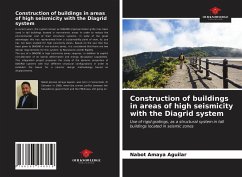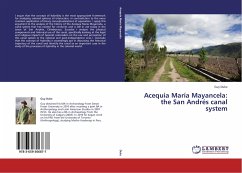In recent years, the system known as DIAGRID (rigid perimeter grids) has been used in tall buildings located in non-seismic areas in order to reduce the environmental cost of their structural systems. In spite of the great advantages this has represented from a sustainability point of view, its use has not been studied for high seismicity zones. Based on the use that has been given to DIAGRID in non-seismic zones, it is considered that there are two design requirements for this system: A) Resistance and B) Rigidity. The use of a DIAGRID in high seismicity zones requires, in addition to explicit consideration of its lateral deformation and energy dissipation capabilities. This integration project proposes the study of the dynamic properties of DIAGRID systems with four different structural configurations in order to establish the bases for a seismic design methodology based on displacements.








